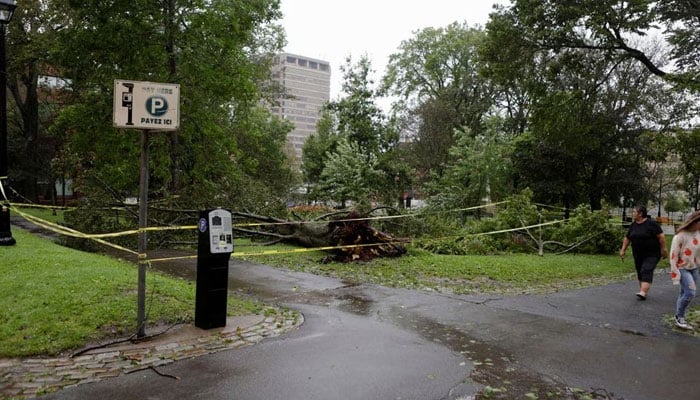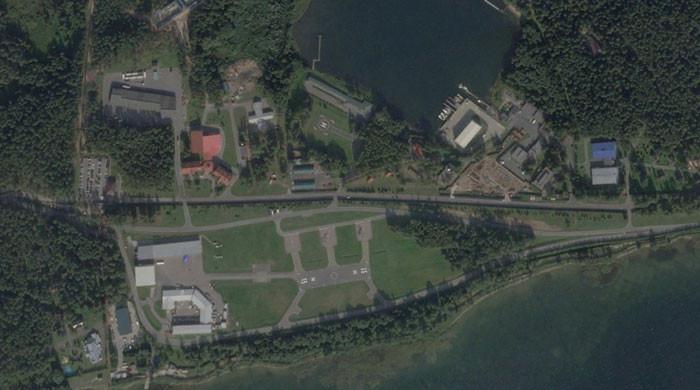Over 100,000 left without power as Storm Lee slashes US, Canada
Storm Lee is anticipated to weaken over the next few days
September 17, 2023

Storm Lee on Saturday made landfall as a post-tropical storm packing hurricane-force winds in a remote area of the Canadian province of Nova Scotia causing power outages for tens of thousands of residents along the North Atlantic coast
On Saturday, wind-related tree and power line damage left some 120,000 residents in the Canadian province of Nova Scotia without power. Nearly 20,000 individuals in adjacent New Brunswick were without electricity.
"Crews have been able to restore power to some customers ... however, conditions are getting worse. In many cases, especially when winds are above 80 km/h (49.7 mph), it isn't safe for our crews," Matt Drover of the Nova Scotia electric utility said earlier on Saturday.

The heavy storm flooded roads and trees with heavy rains and brought strong winds creating troublesome situations for residents.
There was at least one fatality attributed to the storm as US media stated that a tree fell on a driver's car in Maine, as a result of the storm causing the driver to pass away.
In its most recent advisory, the US National Hurricane Centre (NHC) noted that Lee was headed north after making landfall on Long Island, a small island to the southwest of Halifax, on Saturday.

Forecasters stated the still-severe weather system had maximum sustained winds of 65mph (100 km/h) and higher gusts.
It is anticipated that Lee, which is currently around 130 miles (215km) west of Halifax and about 40 miles (60km) east-southeast of Eastport, Maine, would gradually diminish over the next few days, Reuters reported.
Parts of coastal Maine and Atlantic Canada experienced severe gusts, coastal flooding, and heavy rainfall as a result.









